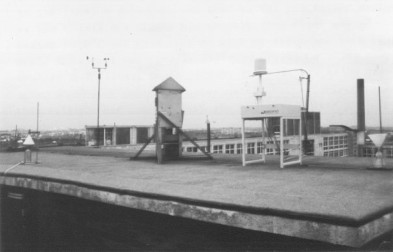
Above: The roof of the Houldsworth Building, Department of Fuel and Energy, Leeds University, West Yorkshire Various atmospheric aerosol sampling devices are shown: an Anderson 2000 cascade impactor, a GMW 3000 Hi-Vol filter sampler, a Sierra Instruments 25-X dichotomous filter sampler, plus inlets for the MRI integrating nephelometers and an open face filter sampler for use with the absorption meter. A Porton wind direction vane and wind speed anemometer are also present, linked to a triple junction thermocouple wet/dry ambient %relative humdity and temperature measurement system. |
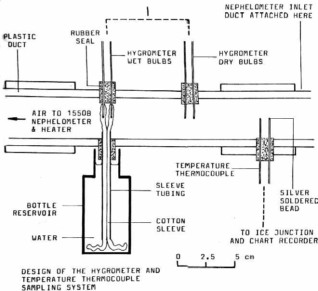
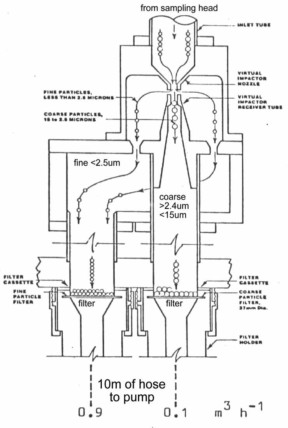
Left: The sampling of urban aerosols produced by local traffic. A portable MRI integrating
nephelometer is shown along with various open face filter holders, associated
pumps, and an Anderson 2000 cascade impactor |
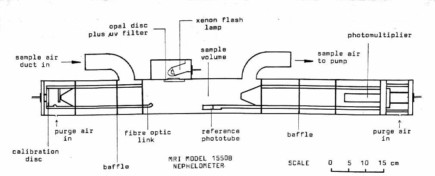
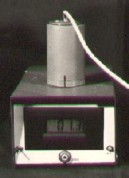

Above right : photograph of the absorption meter built to measure aerosol particle
absorption coefficient bap. The total exstinction coefficient (bep) of the aerosol
is thus bap + bsp = bep (and hence visual range degradation owing to urban
pollution) Above left : Internal construction of the absorption meter |
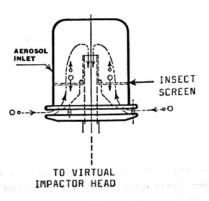
Above: Schematic of the sampling inlet of the 245-X dichotomous sampler |
Opposite: Internal construction of the virtual impactor of the 245-X sampler The device measures the mass of airborne particles within the coarse particle respirable range of 2.5 to 15um aerodynamic diameter, and the fine particle fraction below 2.5um diameter |
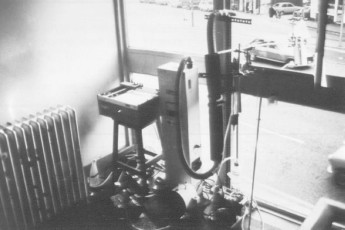
Right : internal construction of the MRI 1550B integrating nephelometer |
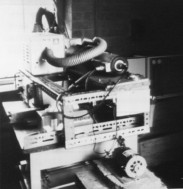
Below: The MRI integrating nephelometer used to measure the atmospheric particle
scattering coefficient bsp |
Air Pollution Samplers |
Above: Design of the wet&dry thermocouple system to measure ambient %rh and temperature |